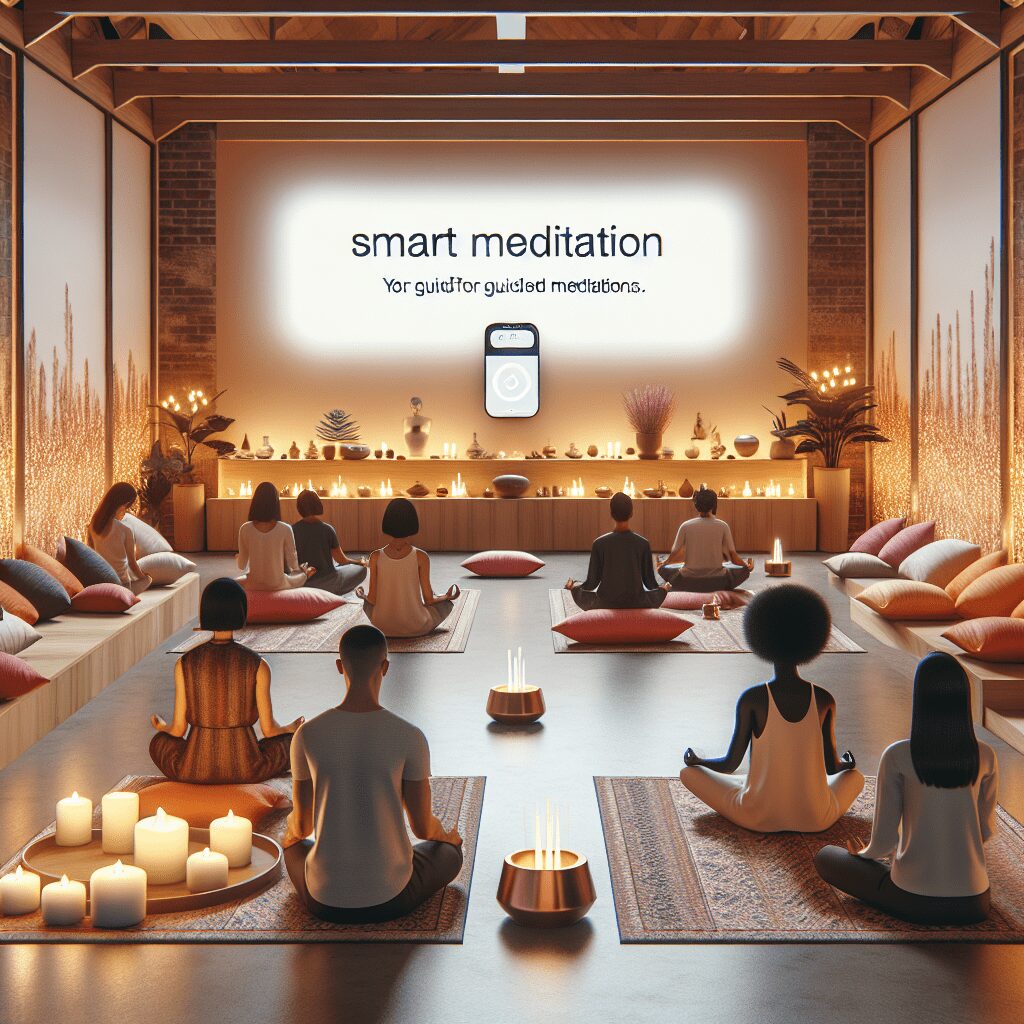
Prioritize your mental well-being daily. Enhance your life by nurturing your mental health with the Smart Meditation app. Break free from stress, alleviate anxiety, and enhance your sleep quality starting today.
How Many People Recieve Treatment For Anxiety?
Unlocking the Door to Anxiety Treatment: Who’s Getting Help?
In an age where the hustle is glorified and the grind never stops, it’s no surprise that anxiety has become a hot guest at many a dinner table, whispering sweet nothings of worry into the ears of millions. But just how many people are slapping a RSVP on treatment’s invite? Let’s peel back the curtain to see who’s actually sitting in the waiting room, ready to tackle their anxiety head-on.
The Staggering Statistics of Anxiety Treatment
According to the Anxiety and Depression Association of America, anxiety disorders are the most common mental illness in the U.S., affecting a whopping 40 million adults aged 18 and older. That’s about 18.1% of the population every year. But, here’s the kicker: only about 36.9% of those suffering receive treatment. Now, why is that the case, you ask?
First off, the stigma associated with mental health can be as thick as pea soup. Despite living in the 21st century, the idea of seeking help for what’s going on in our minds can still be as daunting as confessing you believe in aliens at a science convention. Many people worry about being judged or seen as weak.
Secondly, let’s talk turkey about the cost. For some, therapy sessions might as well be priced in gold bars. Without insurance, sessions can range from $65 to over $200 a pop. For many, this is a luxury beyond reach.
Who’s Breaking the Barrier?
While it’s clear that not enough people are getting the help they need, there’s a silver lining. A diverse range of individuals, from all walks of life, are beginning to break down the barriers. Here’s a closer look:
-
Young Adults: The selfie generation is also becoming the self-care generation. Young people, those between the ages of 18 and 25, are more open about their mental health and are more likely to seek help compared to older generations. Digital platforms and social media have played a significant role in destigmatizing therapy.
-
Women: Statistically, women are twice as likely to be diagnosed with generalized anxiety disorder as men, and they’re also more likely to seek treatment. This could be due to a greater willingness among women to talk about their feelings and seek support.
-
The Insured: It goes without saying, but having health insurance is a game-changer when it comes to accessing mental health services. Those with insurance are more likely to seek and receive treatment for anxiety, thanks to covered or reduced costs.
The Path to Increasing Treatment Rates
So, how do we crank up the dial on treatment rates for anxiety? A multi-pronged approach is needed:
-
Ramp Up Awareness and Destigmatization: Continued efforts to normalize mental health issues through education and open dialogue can chip away at the stigma.
-
Improve Affordability and Access: Expanding insurance coverage, increasing the number of mental health providers, and offering sliding scale fees could open doors for many.
-
Leverage Technology: Telehealth and online therapy platforms are already making waves by providing more accessible and often more affordable options for treatment.
Despite the leaps and bounds in awareness and acceptance, the gap between suffering from anxiety and receiving treatment remains a chasm for too many. As the conversation around mental health continues to open up, and as barriers to treatment lower, the hope is that more individuals will find their way to the help they deserve. After all, everyone deserves a seat at the table of mental wellness.
In the battle against anxiety, may we all find the courage to knock on the door of treatment, and may that door swing wide open, welcoming everybody in.





